A few days ago I was looking at a cheap photography website, and noticed that they had they had the Fuji IS-Pro DSLR (essentially a Fuji S5 Pro with the UV/IR cut-off filter removed) for £1050. I remembered that Warehouse Express sold this camera for around £500, so I checked their website, but they didn't stock it any more.
Curious as to whether £1050 was now the cheapest price for the IS-Pro, I checked Fuji's website. But none of the stockists listed on Fuji's website seemed to have the camera in stock either.
Doing a google shopping search, I found Clifton Cameras were selling them for £350. But they do say on their website VERY LIMITED OFFER
. So given that
- The Fuji IS-Pro is hard to find available for sale
- It is normally around £1000 (well it was when I checked about 3 days ago - I just did another google shopping search, and there are now quite a few websites selling it for between £350 - £600)
- It was only available at the discounted price for a limited period
I decided to purchase one, even though I didn't have any plans to do infrared photography at the moment.
I received the camera a couple of days ago (Clifton Cameras do next day delivery, and it was only £5, which compares well with most other companies that charge about £10), and luckily it arrived on a day when we had nice weather for infrared photography.
While I was waiting for the battery to charge up, I read Thom Hogan's review of the S5 Pro and was disappointed to read that the S5 Pro / IS Pro isn't compatible with the D200 battery (despite the batteries looking identical). I already have two D200 batteries, so it would have been quite handy for me if they were compatible.
When the battery had finished charging I went through all the menus on the camera setting anything I thought important, e.g. putting it into RAW mode. Then I took the camera out for a quick walk round a nearby field, and also took it with me for a lunchtime picnic at Corby Boating Lake.
Infrared Filters
When looking at Infrared filters, I found that the Hoya R72, which many Infrared shooters use and like, was very expensive in a 77mm mount. I don't actually have any lenses with a 77mm filter thread, but most wide-angle lenses use a 77mm thread, and I plan to purchase a wide-angle lens sometime in the future.
I also looked at the B+W 093, which is also very expensive in a 77mm mount, and is more of a true IR filter, cutting light at 830nm compared to 720nm for the Hoya R72. In the end I decided not to purchase any IR filter until I'd established how well my existing Hitech Infrared resin filter worked. (Previous experience told me it would likely be susceptible to flare).
Lens Flare with the Hitech Infrared filter
While I did get some lens (or should that be filter?) flare in a couple of photos, most of the photos were free from lens flare. And lens flare isn't generally too hard to remove anyway.
I need to do some experimenting with a custom lens hood to see if flare really is a problem when using the Hitech Infrared filter. All the photos I've done so far just have a lens hood reversed behind the filter, to try and stop light hitting the back of the filter (this photo shows what I mean):
Live view
The Fuji IS Pro does have live view, but this is not live view like you find in a modern camera. You have to hold down the Face detection button for about 5s, then choose either colour or monochromatic live view, then press the OK button. Obviously, you can leave the colour/grayscale choice at the default value, but a 5s button press than having to press a different button is much slower and clunkier than 'normal' live view.
Once in live view, you can't change any settings or take a photo. It doesn't seem to reflect what the actual exposure will look like, so the only thing it is useful for is checking composition. You can then press the back button to exit liveview. As useless as this might sound, it is actually useful since you can't see through the viewfinder when you have an infrared filter attached to the lens.
Generally I just shot blind rather than using the liveview. I can see it would be helpful for checking composition, and possibly focus when shooting with the camera on a tripod though. It may be useful when shooting handheld, but I need to use the camera more to be able to see what suits my shooting style.
Shooting info
Generally I was shooting at f/8, ISO 100, 1/125s when the sun was out, and f/7.1, ISO 200, 1/100s when the sun was behind the clouds. So handheld speeds easily. I used the Nikon 18-70mm f/3.5-4.5 lens, which had a UV filter attached that I didn't bother removing. The Hitech Infrared filter was mounted in a filed down (thin) Cokin P filter folder, with a reverse mounted lens hood.
Just like in normal photography, I think the photos come out much better when the sun is out.
Unfortunately as the day went on it became more cloudy, removing the nice contrast between white clouds and dark sky that infrared photography gives you.
Processing info
I shot all the images in RAW mode, I'm not currently aware how this works with regards to Fuji's SuperCCD technology. (Scroll down this page for more info on the SuperCCD). When processing the photos in ACR, the histograms all looked quite centered, with no data extending near the edges. I would guess this is down to the SuperCCD technology.
Anyway, due to this I applied relatively hefty curves adjustments to increase the contrast to the photos. I also adjusted the white balance or colour balance in the majority of photos.
I cranked up the clarity slider on many of the photos, but now I look at the images I've uploaded, they do look somewhat oversharpened. I'm not sure if this is due to the clarity adjustment, ACR applying sharpening, or something else. Something I need to look at more closely though.
If you would like to download one of the RAW files from the Fuji IS Pro to see what it's like, and try processing it yourself, I have uploaded one here: _DIR0011.RAF (24.4MB).
I'll post more info and opinions on the Fujifilm IS Pro and Infrared photography in general as I use the camera more.

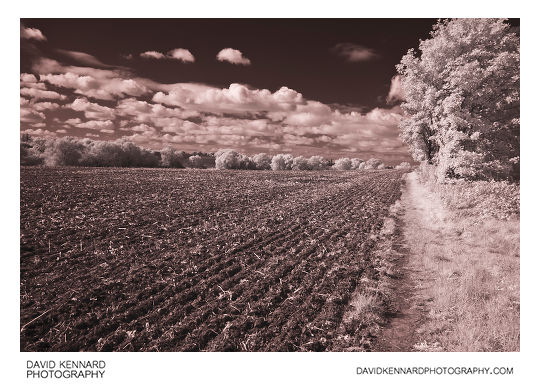
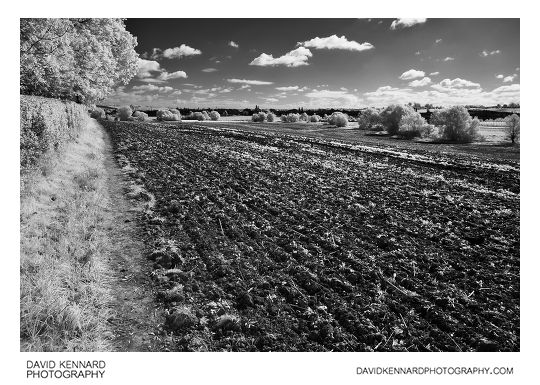
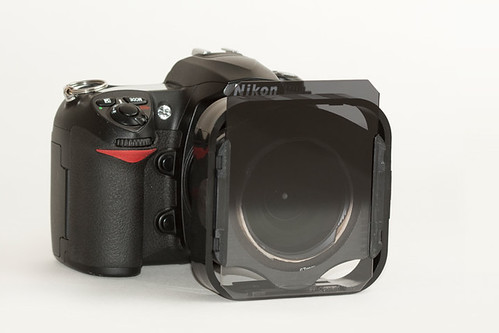
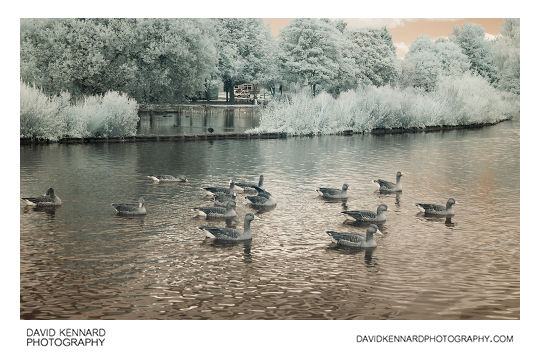
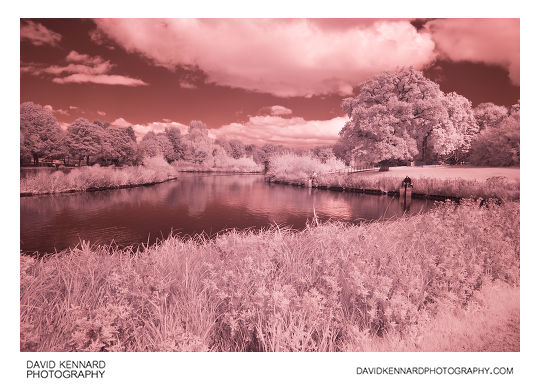
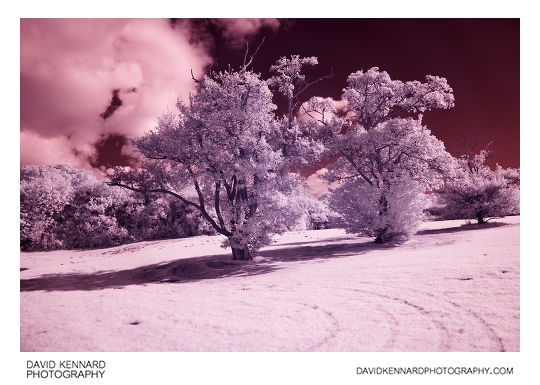
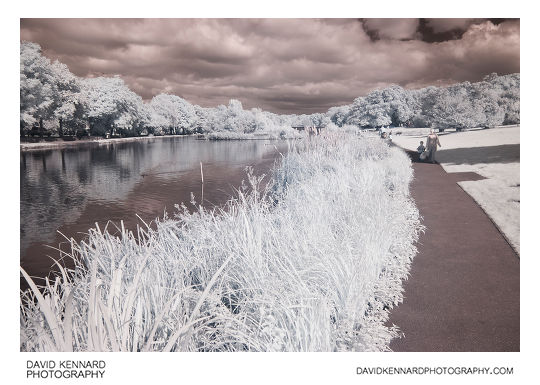
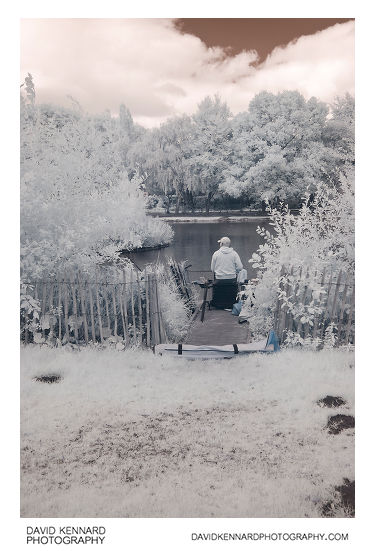
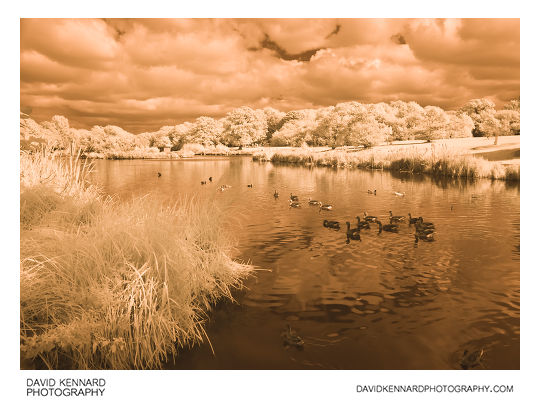
read a lot of what you had to say about ISpro, while i got hold of mine not knowing about the camera, to go dital, then doing some learning and still learning, got mine for £100 with 50mm,1.4F nikon and battery grip with battery.
Do have a cut filter now.to get back to what people who call normal pictures, I am now at a cross roads, weather sell it to get normal dital camera, or get changed to S5, I now got a ninkon d7100.